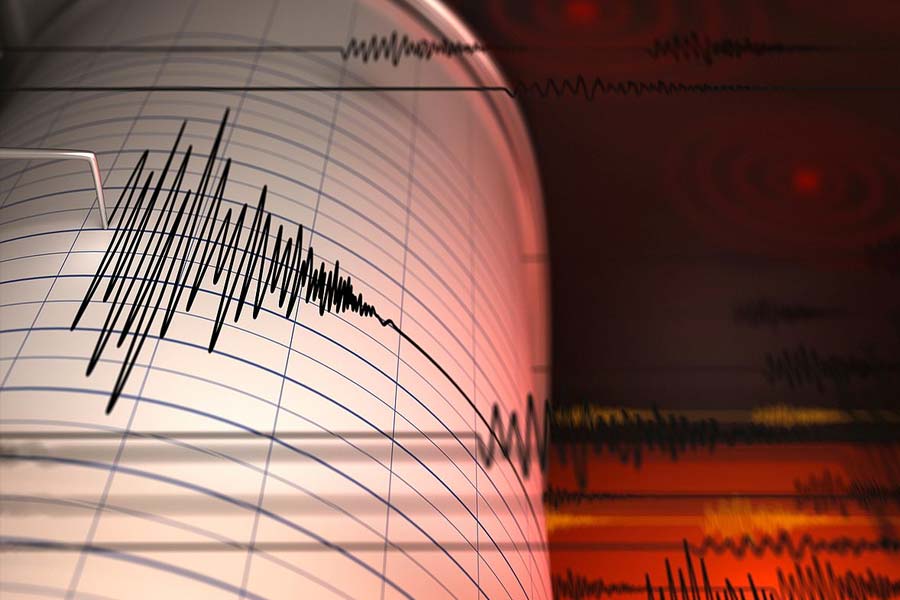 |
New Delhi, Feb. 8: A government laboratory has produced unsubstantiated data blaming liquid petroleum gas (LPG) as a major source of air pollution, shifting the focus away from vehicular pollution, an environmental watchdog has said.
The Centre for Science and Environment (CSE) has said the misleading data provides scope to sections of the oil and automobile industry to argue against further policy measures the government may be planning to reduce vehicular air pollution.
The data from the Nagpur-based National Environmental Engineering Research Institute (NEERI) claims that in some residential areas of Delhi, LPG contributes to 50 per cent of fine particles smaller than 2.5 microns (PM 2.5) can penetrate deep into the lungs.
Such particles which primarily come from the burning of grass or wood and vehicular emissions can irritate the eyes, nose and throat and exacerbate lung or heart disease.
“The NEERI data makes an appalling, ludicrous claim — it opens a window to shift blame for air pollution from vehicles to our kitchens,” said Anumita Roychowdhury, executive director of research at the CSE, a non-government environmental organisation.
The NEERI data is part of a study aimed at identifying sources of air pollution in six cities — Bangalore, Chennai, Delhi, Kanpur, Mumbai, and Pune. Four other laboratories analysed PM 2.5 in cities other than Delhi but found no contribution at all from LPG.
Roychowdhury said her search of national and foreign scientific literature on sources of air pollution did not yield any study that showed that LPG contributed to PM 2.5. “What is so unique about LPG in Delhi that it makes so much PM 2.5?”
A senior scientist at NEERI in Nagpur said the association between LPG and PM 2.5 documented in the study should be viewed as “inconclusive” because analysis of PM 2.5 was based on “limited samples.” “Sometimes — with limited sampling — we can get such results. We have pointed out that deeper studies should be done to understand this observation,” said C.V. Chalapati Rao, an environmental scientist and member of the NEERI team that contributed to the study.
Rao, however, said that he could not explain how LPG might lead to PM 2.5.
The CSE fears that the data may be selectively used by sections of the oil or automobile industry to protect diesel cars from fiscal disincentives at a time when the government is expected to be planning a roadmap for emissions standards beyond 2010.
Roychowdhury said she has already seen a slide presentation by the Indian Oil Corporation which cited the NEERI data to argue that LPG is a significant source of air pollution in Delhi.
She said the Society for Indian Automobile Manufacturers has also been arguing that diesel is not the major source of air pollution in Delhi. “The environment ministry should stop such abuse of the NEERI data,” she said.
An automobile industry source who requested anonymity said road dust and construction activity also contributes significantly to air pollution. “While we’re always working to improve vehicle technology and make it less polluting, there are other issues such as road dust which also need to be addressed through measures such as improved town planning,” the executive said.
The study identifies road dust as a significant source of air pollution in the metros. “But while the quantity of road dust may be higher than particles from vehicular emissions, the quality of vehicular emissions is much worse,” said NEERI scientist Rao.











